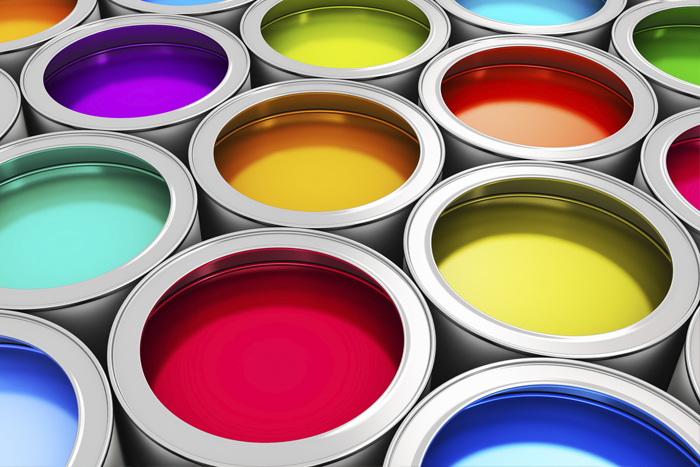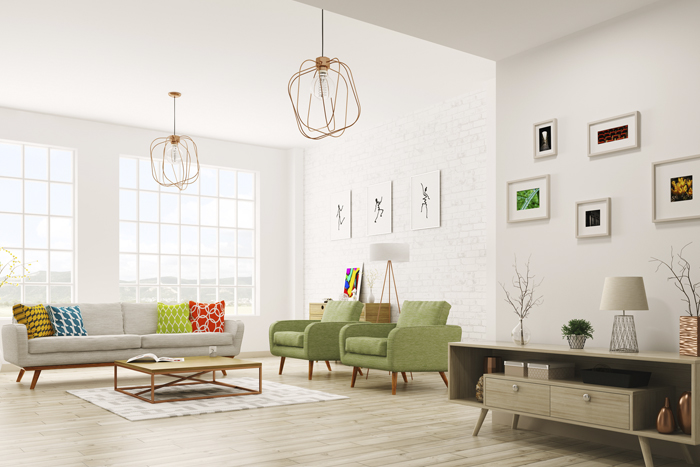How to Stay Ahead of the Color Trends
When was the last time you saw anything new and exciting in dusty rose? The color that was everywhere is phasing out, and if you’ve been planning a dusty rose sofa as the focal point of your room, rethink.
What you’re likely to find are fabrics and wallpapers in corals and others, among warm tones, and blue-greens and clear blues, among cool colors.
The move away from pinks (warm) and lavenders and lilacs (cool) is part of the color cycle — the 8 year period that sees a color go from an exciting accent to its peak to its decline. While you’re planning color schemes for the room you’ll do someday, you must be aware that the same colors may well not be either popular or available.
It’s not that those in the home furnishings business get together and decide to kill off midnight blue in 1989. They don’t. But they do share many of the same resources for advice on color trends, and they informally exchange information on sales and color. When a wall covering manufacturer works with a paint company, the collaboration will end up being more rigid for you in terms of selection.
Color, after all, sells. And manufacturers of any product in which color can be chosen spend money to choose right. Market research, seminars, and polling among members of furnishings associations develop the colors you will be able to buy easily. They may not, of course, fit your scheme. You may have to switch from wallpaper to paint to get the color you want or have the paper customized, which is prohibitively expensive for a small area like a powder room. Obviously, it is better to start working with a color as it just begins to become popular. Waiting until it is fading can mean you won’t be able to replace your sheets after a few years.
There are clues to the coming colors. Watch the clothes in the department stores. All industries that use color — cosmetics, automotive, stationery, for example — are looking for the same “in” shades. They can turn up more quickly in ready-to-wear. Be wary of the color that’s “in” this year, but if it lasts for two seasons, you can start thinking about how it will look for your towels (linens and bath furnishing manufacturers are the first to respond to trends).
Look for new color combinations. Very often, the new color is packaged with an old one that is a proven seller. If the new color works with established colors, the new one will probably last. Consumers don’t buy colors that don’t work with what they have.
On major purchases, those that will be difficult to replace, wait a year or two to make sure the color moves from trend to the more lasting style.
Remember, build around the neutrals (black and grays are now beating out beiges and browns). Although they, too, are cyclical, their lifespan is longer, 10 to 12 years. Use color as an accent.
And understand the 8-to-10-year cycle for colors. A color starts showing up, generally, in ready-to-wear and expensive design. For this initial period of 12 to 18 months, the color is a trend. If it lasts, it is considered a style and is widely available for 2 to 5 years. After that, for up to 3 years, the color is generally considered a decline. The shade is widely available in inexpensive designs, often in a watered-down version that has been reinterpreted enough that it is hard to recognize. In the last year or 2, the color is used as a transition to the new, with old and new colors in textiles and print. During the transition, new trends are beginning. The safest time to buy is when the color is a style.





